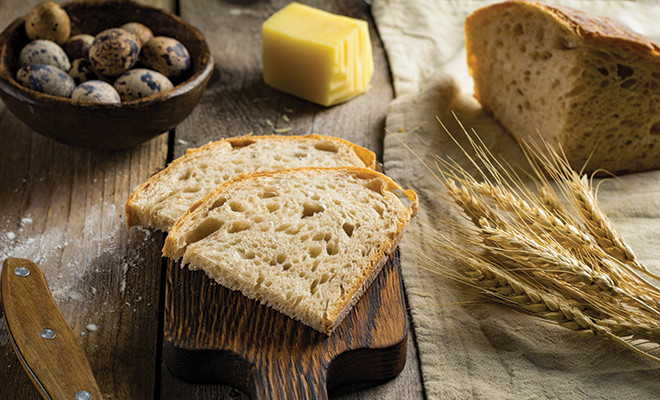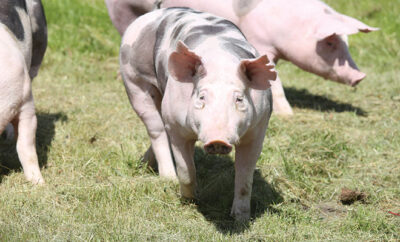
Artisan food trends
When a little French market opened up in our neighborhood shops, I took a quick look at the storefront. Imagine my surprise when the first two words I saw were: Artisan Pain.
Hmm, what? After my double-take, I saw that the language was meant to be French, not English. “Artisan pain” in French translates to “artisan bread.”
Well! I was happy to have that set straight.
But then I thought how the word “artisan” itself, applied to food, really has become a pain. What, exactly, does it mean? So many culinary phrases are used and over-used. Organic, low calorie, low fat–are any of these terms defined? They seem to be so ubiquitous that they end up meaning nothing.
When I think about the word artisan as it applies to food, it evokes warm feelings of high-quality products made with fresh whole foods or herbs or spices, created in small batches by experienced professionals. I think about the homemade pies my grandmother made, never using anything to measure the ingredients other than her hands and eyes. Artisan food is like a bespoke suit of clothes; it has been handmade and tailored for an exclusive audience. It is the very opposite of products that are mass produced.
However, food companies noticed that consumers pursued products that can be described as artisan–more authentic, more organic, just–better. But capturing a market share of this unknown demographic was much like catching lightning in a bottle. The word artisan is now slapped on all kinds of mass-produced foods in the freezer section, in the dairy case and in fast-food restaurants. How did this come to pass?
Somewhere around 2012, the phrase “pink slime” made its way into the news cycle and was taken up on social media. Pink slime, a protein food additive, is made from meat that is centrifuged to separate it from fat, then exposed to chemicals that kill bacteria, before being packaged for consumption. It was originally approved for use in pet food, and then it eventually made its way into food-grade use for human consumption. If you’d like a visual image of what this stuff is, Google the phrase “ground beef pink slime” on YouTube, and a number of choices will appear. Keep in mind that this process also involved ground chicken. One fast-food chain in particular is identified as using this product, but it was also used by multiple food chains as well as grocery stores.
I believe that the pink slime publicity may have been an aha moment for consumers. People who choose to vote with their dollars do research to determine what their money will fund. Many people choose to support only those corporations whose values match their own. Fast-food chains in the United States and Europe have come under fire for using food additives, whether they are adding grains or horse meat (Yes, some fast food has been DNA tested and found to contain horse meat.). After the pink slime incident, many companies chose to publicize the fact that they did not use fillers in their food, which was 100 percent beef or chicken.
But that was just the beginning. Consumers have driven more change in the fast-food industry. Concerns over additives in meat include whether or not it contains antibiotics. Livestock, on land and in water, is often proactively dosed with antibiotics as a preventive measure to control disease. But consumers want to avoid residual medication in the meat they eat. Why? Some microorganisms are developing a resistance to antibiotics. This is why your physicians are reluctant to prescribe antibiotics unless they are really needed. Concerns about overuse of antibiotics as well as growth hormones have prompted fast-food chains to publicize whether the food they serve is sourced from animals that are antibiotic free.
And so, the words artisan and artisanal began to find their way into advertising food products. How one defines these terms seems to be a matter of personal taste. A survey done a couple of years ago by Canadean, a global market research firm, showed that many consumers had no idea what the term artisan might mean. To others, it meant food that was authentic–handmade and unique, made with high-quality ingredients. This has led to products ranging from artisan Tostitos (roasted garlic and black bean tortilla chips) to Arby’s artisan melt sandwiches.
I was irritated when mass-produced food appropriated the term artisan. But if consumers send a clear message that they will only purchase authentically sourced food made with healthy ingredients and fewer additives, I can’t complain. On a global scale, this means that mass-produced fast food will be held to a higher standard. To that, I can only say, “Bon appétit!” HLM
Sources: huffingtonpost.com and marketplace.org.







